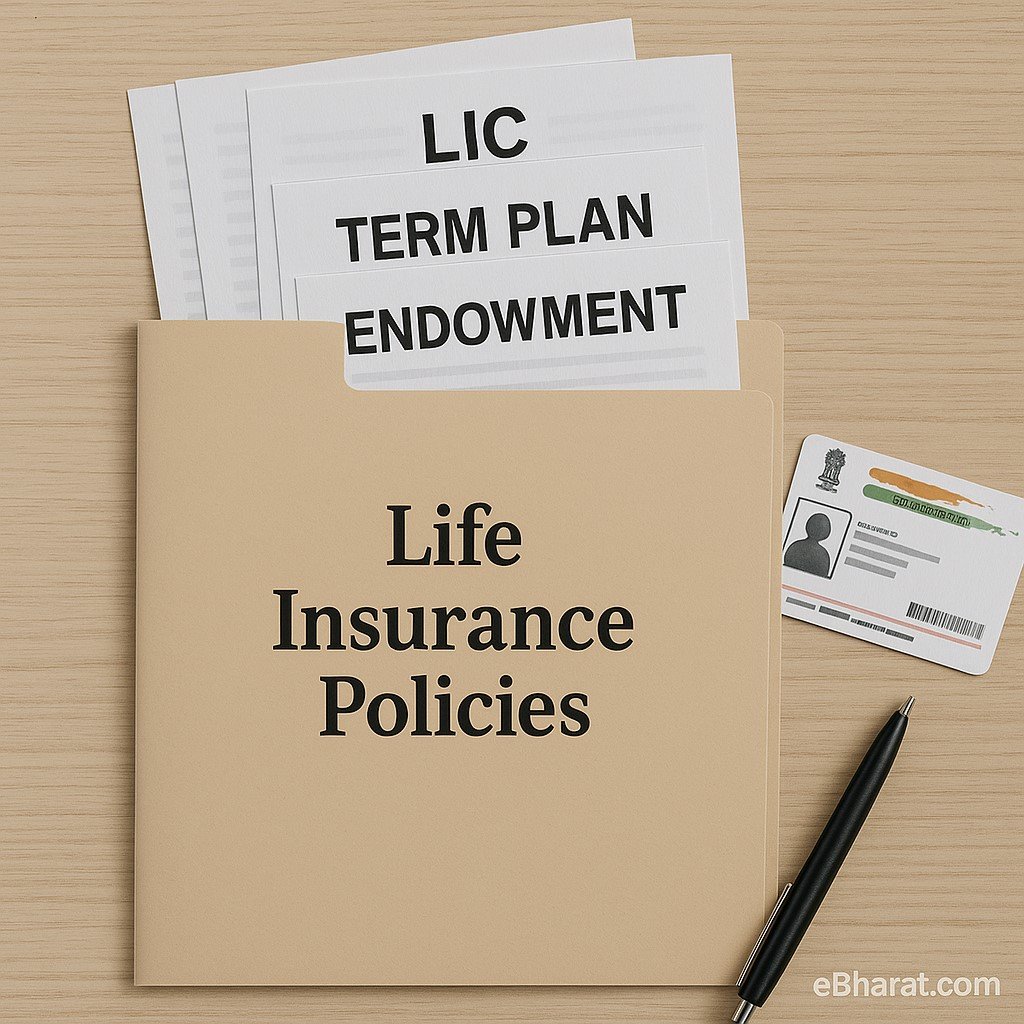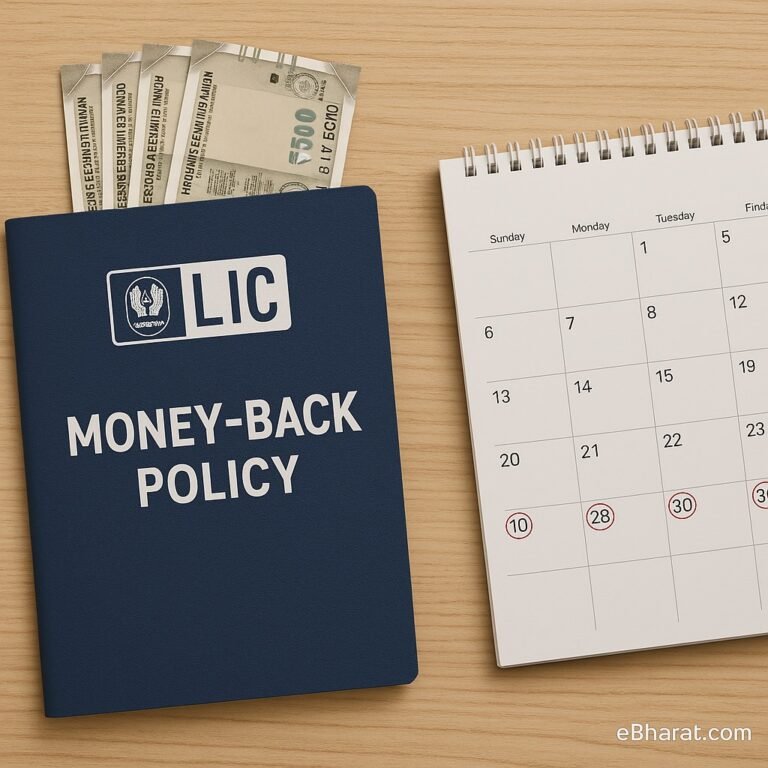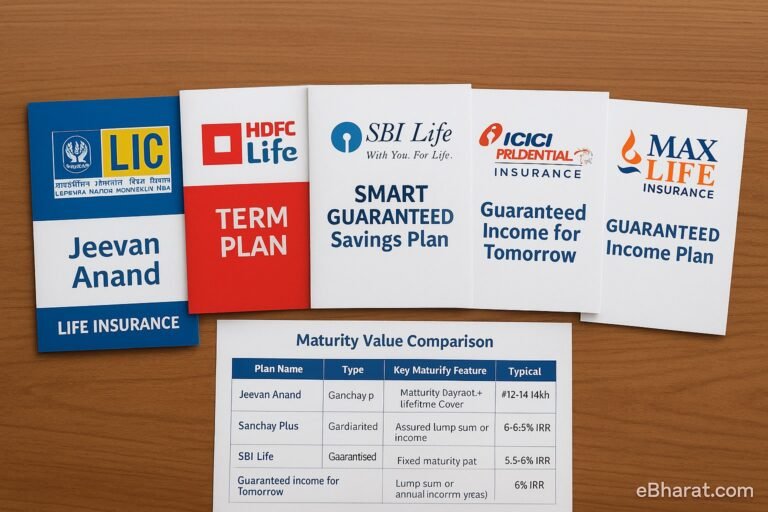
Many Indians buy their first life insurance policy in their 20s — usually an LIC endowment. Then another one after marriage. And then again after having children. Some even mix LIC with private insurers “just to be safe.”
But here’s the real question:
Is it legal to hold multiple life insurance policies?
Will all insurers pay up if something happens?
Let’s clear the air with facts — and some real-life warnings.
Yes, It’s 100% Legal to Have Multiple Life Insurance Policies
The IRDAI (Insurance Regulatory and Development Authority of India) allows individuals to own multiple policies, either from:
- The same insurer (like two LIC policies), or
- Different insurers (say, LIC + Max Life + HDFC Life)
There’s no upper limit.
In fact, financial advisors often recommend layering insurance coverage:
- A term plan to cover high-risk working years
- An endowment or participating plan for disciplined long-term savings
- A whole-life plan for retirement or estate planning
So if you have two, three, or even five life policies — it’s completely valid.
But You MUST Disclose All Existing Policies
And this is where most people go wrong.
When you apply for a new policy, the proposal form always asks:
“Do you already have any existing life insurance?”
Many buyers leave this blank — or don’t bother telling their agent.
Big mistake. Non-disclosure can lead to:
- Delayed claim processing
- Denied claim even after 5–10 years of paying premiums
- Legal issues and stress for your nominee during an already emotional time
What IRDAI Rules Actually Say
Here’s what Indian regulations mandate:
- Insurers must evaluate your total coverage before issuing a new plan
- You are legally required to declare all current policies — even if they’re from a different company
- Your total sum assured must match your income profile
For example:
If your annual income is ₹6 lakh and your total insurance cover is ₹2.5 crore, the insurer may ask for additional income proof or even deny the new policy.
They want to ensure you’re not over-insured — which can raise fraud risks.
Real-Life Scenario: How Non-Disclosure Can Hurt
| Policy | Sum Assured | Premium/Year | Disclosure Done? |
|---|---|---|---|
| LIC Jeevan Anand | ₹10 lakh | ₹25,000 | ✅ Yes |
| Max Life Term Plan | ₹1 crore | ₹10,500 | ✅ Yes |
| New Plan (XYZ Life) | ₹50 lakh | ₹6,800 | ❌ No |
Now imagine the policyholder passes away.
The third insurer starts investigating. They discover the old policies weren’t disclosed. They can deny the claim due to material non-disclosure, even if the death was natural.
Why Do People Keep Adding Policies Without Disclosure?
- Agents don’t ask — or suggest skipping to make approval easier
- The new plan seems cheaper, so buyers don’t revisit old ones
- Income increases — but old policies aren’t enough anymore
- There’s a myth that “more policies = better protection”
But remember — claim settlement happens only if documents + disclosures are clean.
Final Word: Yes, You Can — But Always Be Transparent
Owning multiple life insurance policies is not just allowed — it’s often smart.
But never hide your existing policies.
Don’t assume a ₹5,000 policy is “too small to matter.”
When it comes to life insurance, full disclosure = full peace of mind for your family.
Quick Tips Before You Buy Another Policy
- Always list your current policies and sum assured
- Keep your nominee details updated across plans
- Inform your family where all policies are stored
- Compare total coverage with your income every 2–3 years
- Ask your insurer for a summary of all in-force policies












